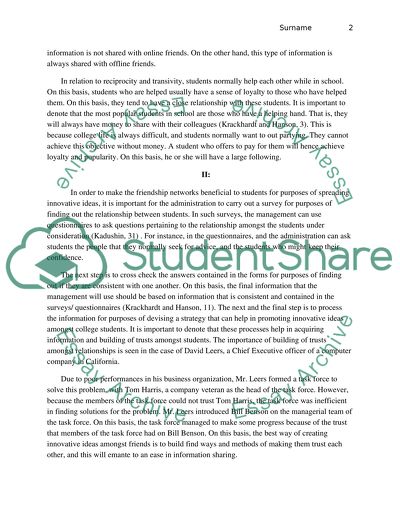Cite this document
(“Economy, Organizations and Work Essay Example | Topics and Well Written Essays - 1750 words”, n.d.)
Retrieved from https://studentshare.org/sociology/1498032-economy-organizations-and-work
Retrieved from https://studentshare.org/sociology/1498032-economy-organizations-and-work
(Economy, Organizations and Work Essay Example | Topics and Well Written Essays - 1750 Words)
https://studentshare.org/sociology/1498032-economy-organizations-and-work.
https://studentshare.org/sociology/1498032-economy-organizations-and-work.
“Economy, Organizations and Work Essay Example | Topics and Well Written Essays - 1750 Words”, n.d. https://studentshare.org/sociology/1498032-economy-organizations-and-work.


